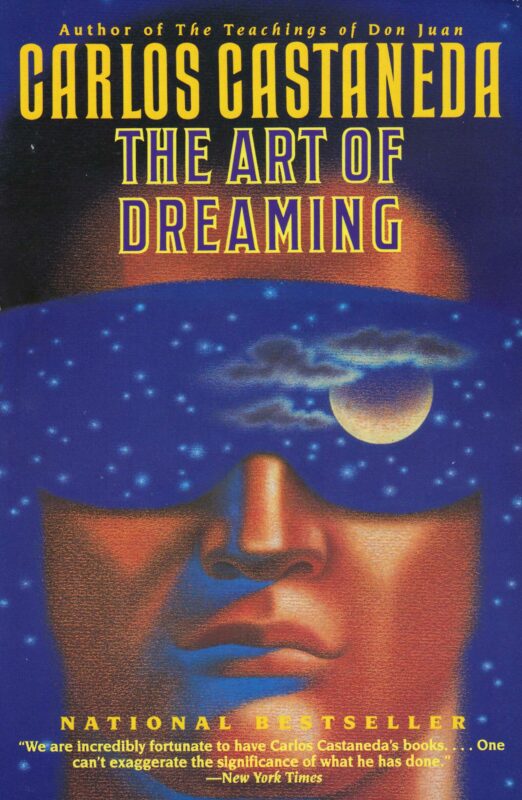Author’s Note – The Art of Dreaming
In this introductory note, Carlos Castaneda clarifies his use of the term “sorcery” to describe the teachings of his mentor, don Juan Matus, distinguishing it from conventional definitions. He explains that for don Juan, sorcery is about manipulating perception to access other real worlds, a practice called “the art of dreaming.” Castaneda recounts his own experiences learning this art, his interactions with two distinct groups of apprentices, and the challenges of reconciling his experiences in the “second attention” with everyday reality. He states that the purpose of this book is to rearrange and present don Juan’s lessons on dreaming in a linear fashion, made possible by years of dedicated practice, and to ultimately explain the legacy don Juan left to his final students as an act of gratitude.
